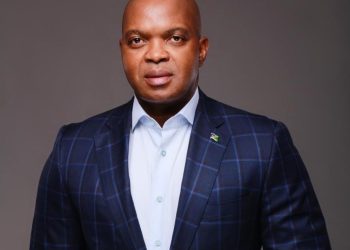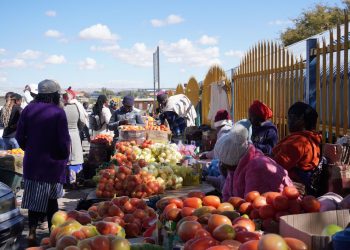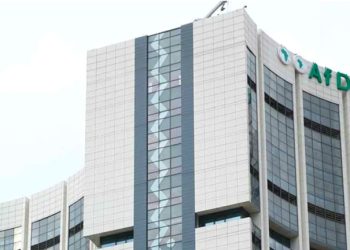
Namibia is set to commence feasibility studies for its N$186 billion ($10 billion) green hydrogen project in Q2 2023 after the implementation agreement is signed.
Speaking at the ongoing Africa Energy Indaba 2023 summit, Frans Kalenga, Senior Manager of Sustainable Energies at NAMCOR, announced that six green hydrogen projects are underway in Namibia.
The Hyphen Hydrogen Energy project, expected to produce 300,000 metric tonnes of green hydrogen annually, will generate its power from 5-6 gigawatts of renewables and 3GW of electrolyser capacity.
Hyphen Hydrogen Energy recently signed two memorandums of understanding (MOUs) with a major chemical company and South Korean hydrogen producer Approtium for a total annual offtake of 750,000 million tonnes of green ammonia. The project’s success is a key to unlocking other land parcels, according to Kalenga.
Namibia has four German-funded pilots worth €30 million for hydrogen dual fuel locomotives, refuelling stations, and agriculture and port applications currently underway.
HDF Energy is constructing an 85-megawatt solar power plant and a green hydrogen production unit in Swakopmund along the Namibian coast and has secured finance from the European Investment Bank at COP27.
Kalenga provided updates on the other five green hydrogen projects, including the Cleanergy hydrogen refuelling station pilot, which is breaking ground this month but is still awaiting an environmental impact assessment. Additionally, a 1.5 GW green hydrogen project in Daures constituency is testing the viability of hydrogen being converted to ammonia for domestic use.
Stakeholder engagements to frame a Synthetic Fuels Act have already begun, with details expected to be finalised by Q2 this year.
NamPower targets import substitution with local generation
Kandali Iyambo, Executive Modified Single Buyer at NamPower, stated that Namibia is working to substitute power imports with local generation. The country currently imports about 180 MW from Zambia, 80 MW from Zimbabwe, and 100 MW from South Africa, varying from 50 to 70% depending on the output from the Ruacana hydropower plant.
The country has 214 MW of wind and solar power projects in the pipeline, expected to be commissioned by 2025-2026, and is looking at HFO or gas-powered projects for baseload electricity supply to be developed with IPPs and some by the state.
Pinehas Mutota, Acting CEO of the Electricity Control Board, added that Namibia has reformed the electricity market to allow private sector participants such as mines and large power users to buy directly from IPPs and permitted exports. The country has issued export licenses for 125 MW, which has now increased to about 300. The modified single buyer market rules will determine how the trading will take place, with a bilateral trading, wheeling framework, and balancing framework. -zawya/The Brief
Â











